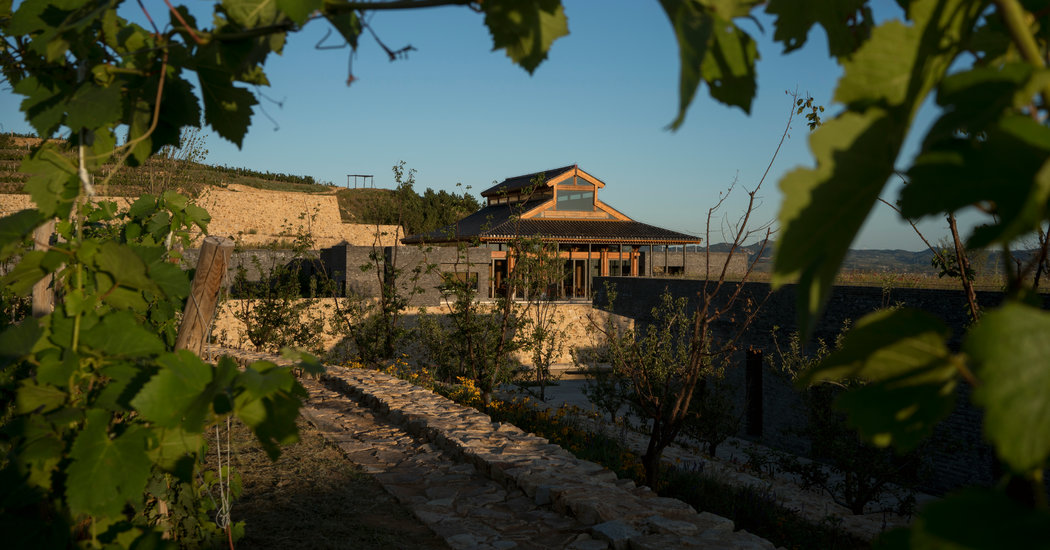But when questioned if he would be ingesting the Lengthy Dai wine, Huang Chuanjun, 70, a standard beer drinker, shook his head.
“It’s much more expensive than gold!” reported Mr. Huang, who was carrying a jug of soy sauce. “I would not even devote 100 renminbi on it. I can’t inform the variance in any case.”
The 2017 wine is the fruits of a task that started 10 a long time ago, when the Lafite brand name was at the peak of its acceptance in China. “Lafite” has been utilized in the names of Chinese condominium complexes and even barbecue restaurants, mentioned Jim Boyce, founder of Grape Wall of China, an English-language blog site about Chinese wine.
“It’s attached to the concept of the high quality of a lifestyle,” Mr. Boyce claimed.
But a range of higher-conclusion Chinese wines have emerged in the previous 10 years, together with Legacy Peak in Ningxia and Ao Yun, manufactured from grapes grown in the Tibetan foothills and owned by LVMH Moët Hennessy Louis Vuitton, the world’s most significant luxury team.
“The timing feels strange to me,” Mr. Boyce stated of the Long Dai start. “It feels like aspect of a development that is already had its instant.”
For Lafite, though, the estate in Shandong also delivers a foothold into China’s increasing sector for expensive wines. It characteristics a customer center and a so-called classroom for wine training, a initial for a Lafite estate and a way to encourage profits of the company’s other wines and triumph over competitiveness from Chinese competitors.
References to the Rothschild household, which has owned Lafite for a lot more than 150 a long time, seem during. A online video of Ms. Rothschild in conversation with her father, Baron Éric de Rothschild, plays in the visitor center. Paintings by her mom, the artist Maria-Beatrice Caracciolo Di Forino, and copies of oil portraits of 19th-century Rothschilds adorn the partitions of the properties.
